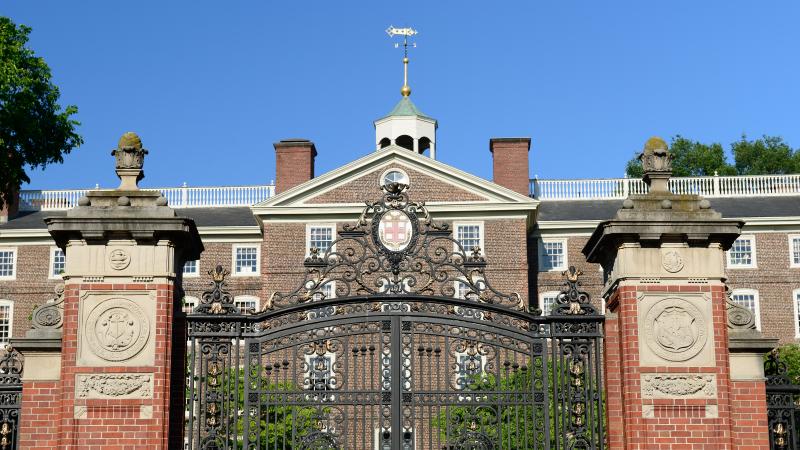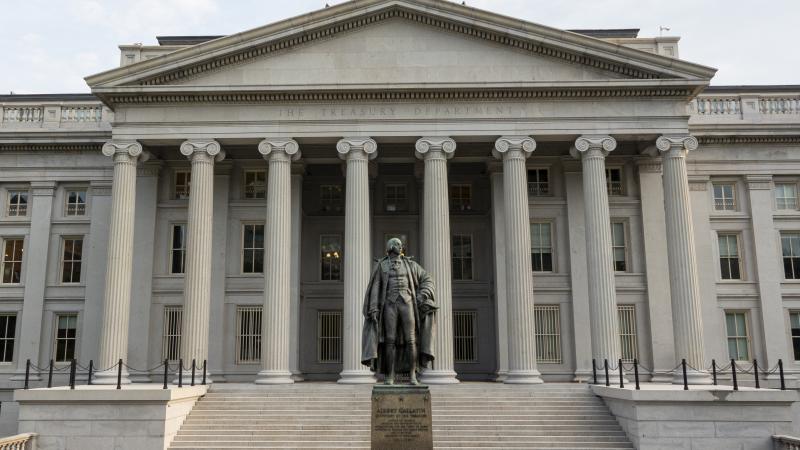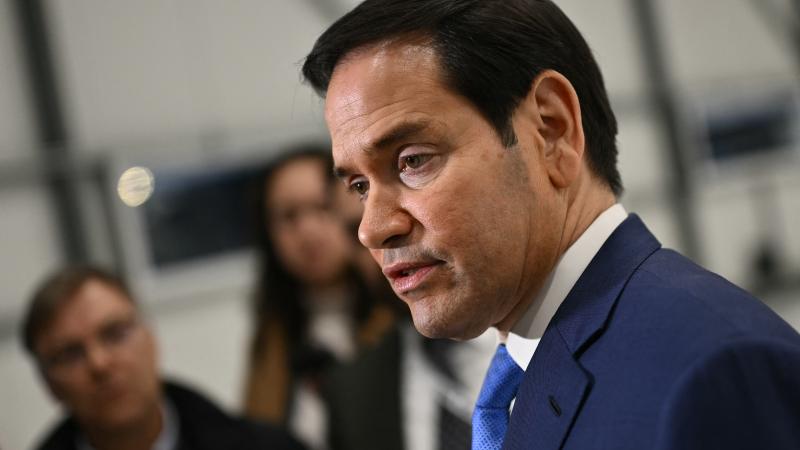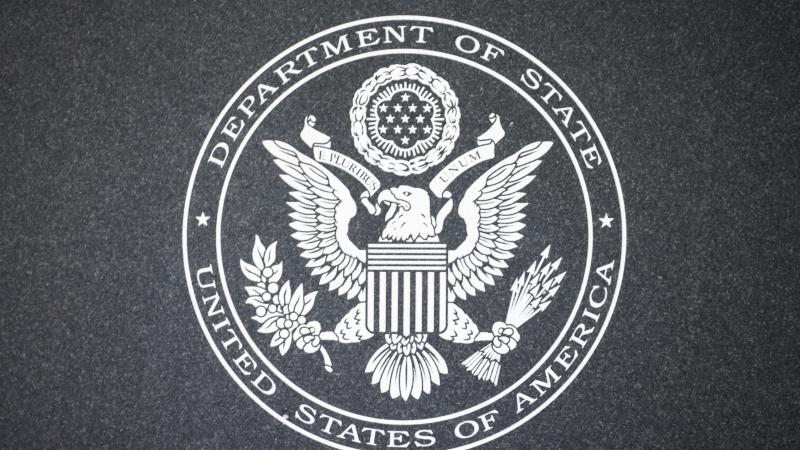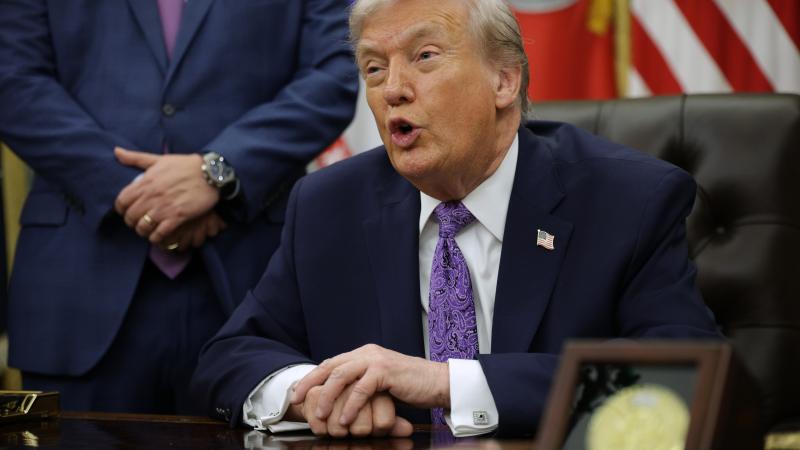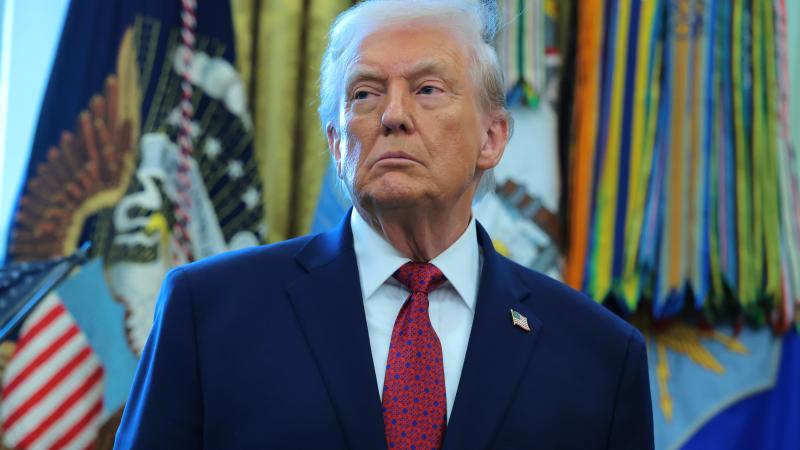Fed rate cut makes minimal immediate impact, but long-term effects in question
Even a small interest rate reduction reduces borrowing costs for Americans and in the long-run could mildly stimulate economic activity, potentially boosting growth while easing pressures on inflation and the housing market.
After repeated criticism from President Donald Trump and many economists, , the Federal Reserve Board lowered its key interest rate on Wednesday by a quarter point to a 4% to 4.25% range, the first cut since December 2024.
The decision came after an 11-1 vote due to worries about a weakening job market. Stephen Miran, a recent Federal Reserve Governor appointee and former Council of Economic Advisers Chair under Trump, cast the lone dissenting vote, lobbying for a half-point rate cut instead.
Miran pushed for more aggressive action, citing labor market weaknesses, as evidenced by his projections in the Fed’s dot plot for more significant rate reductions. Other Trump-appointed governors, Michelle Bowman and Christopher Waller, aligned with the majority after having previously dissented in earlier meetings.
Powell: A "risk management cut"
Since early this year, the Fed has maintained rates at 4.25% to 4.5% to tackle lingering inflation from the post-COVID economic surge, while keeping an eye on signs of a cooling economy. Recent reports found sluggish job growth, an unemployment rate climbing to 4.3%, and revised-down employment numbers, prompting calls for monetary easing to avoid further slowdown.
Despite President Trump's push for more aggressive rate reductions, Fed Chair Jerome Powell framed the decision as a "risk management cut."
“We have begun to see goods prices showing through into higher inflation, and actually the increase in goods prices accounts for most of the increase in inflation, or perhaps all of the increase in inflation over the course of this year,” Powell said in a press conference announcing the rate cut.
"Those are not very large effects at this point, and we do expect them to continue to build over the course of the rest of the year and into next year,” he continued, adding that they see higher inflation and lower employment going forward.
Slow and steady is the way, Trump's advisors say
Trump, who has not yet reacted publicly to the rate reduction as of presstime, is likely to push back on the Fed Chair, who he calls "Mr. too late" Powell, having pushed for previous cuts that would have brought the interest rate lower leading up to yesterday's decision.
Kevin Hassett, who serves as Trump's director of the National Economic Council, spoke to CNBC's Squawk Box and said, “The bottom line is that moving kind of slow and steady and heading towards a target, watch the data come in, that’s what prudent policy is,”
“I think it’s much more prudent for the Fed to be looking at all the models, to have a diversity of opinions and decide, ‘What are we going to do in this economy that really looks to be taking off with inflation that’s decelerating, but higher than the target?’ They split the baby in this decision, and I think that’s probably a pretty prudent call.”
As of mid-morning on Thursday, US stock exchanges like the NYSE and NASDAQ are seeing trading volumes of roughly 3.2 billion shares, slightly above the recent daily average of 2.8-3.0 billion, reflecting a mildly active response in the markets to the Federal Reserve’s rate cut.
Elevated trading volume can indicate increased volatility, as it often signals strong investor activity that may drive sustained price trends or amplify swings if orders become imbalanced. With the S&P 500 up 0.4% near 6,626 and the VIX at 18.5, the market shows engaged trading but no extreme volatility...yet.



